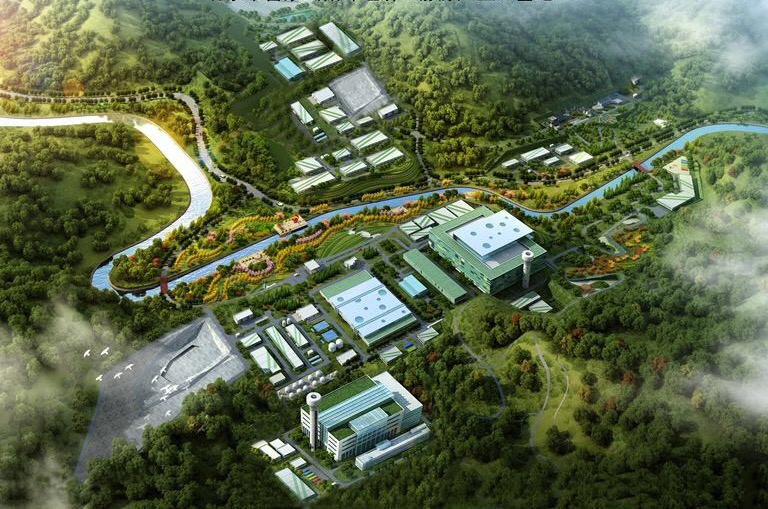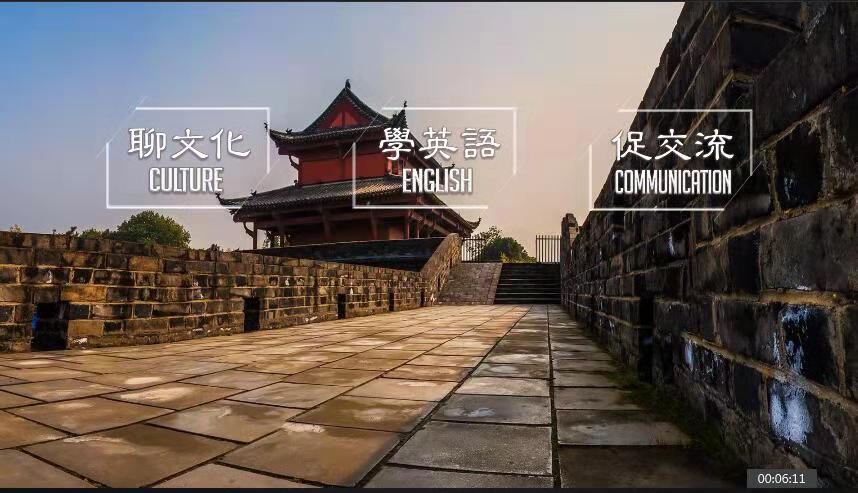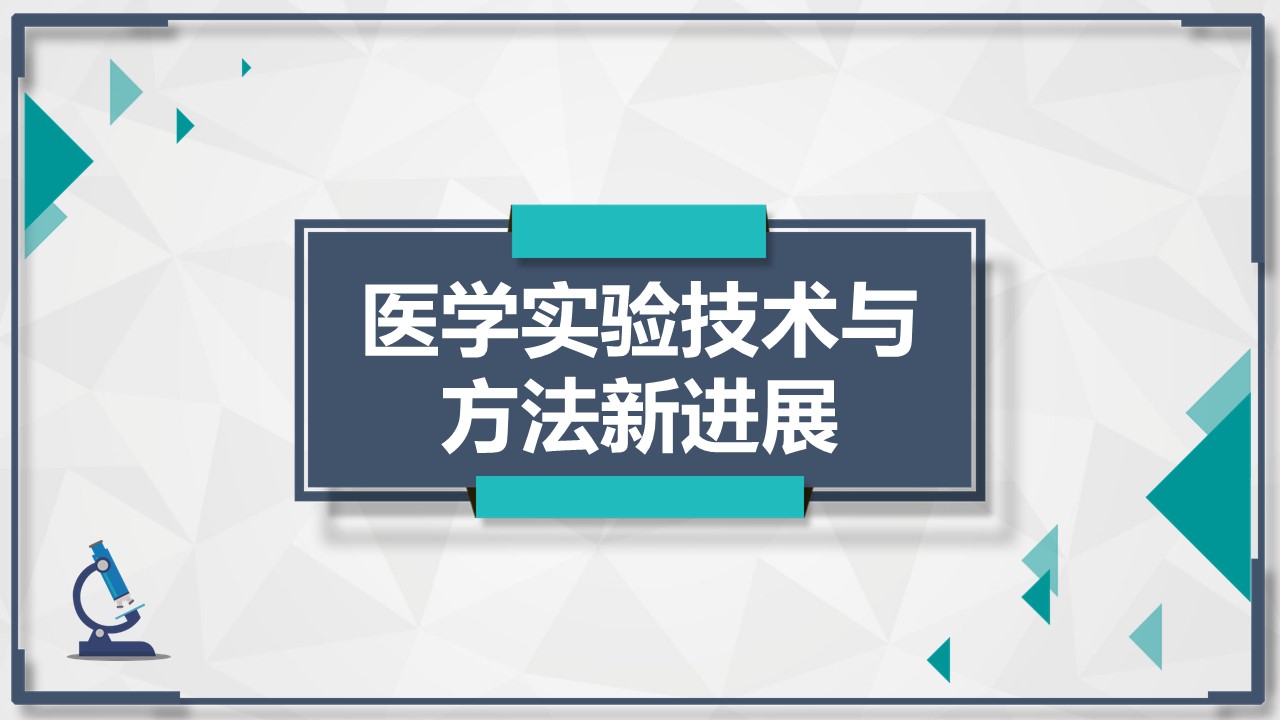
当前课程知识点:Green Economy from China's Stories > 9. Ecological Footprint > 9.1.1 Theoretical Concept > 9.1.1 Theoretical Concept
返回《Green Economy from China's Stories》慕课在线视频课程列表
返回《Green Economy from China's Stories》慕课在线视频列表
大家好
欢迎进入
《绿色经济与中国实践》大课堂
这一节
我们向大家讲授
生态足迹的理论和概念
首先 我们看一下这一张理论概念图
这里有一个天平
天平两边分别是生态足迹和生态承载力
我们在计算生态足迹
和生态承载力的时候
就是看这两者是否平衡
当我们说一个地区
或者一群人的生态足迹
超过了当地的生态承载力的时候
就会出现生态赤字
生态足迹大于生态承载力
出现生态赤字
就是说这个地方的可持续性可能存在问题
同样 在右边
这个地区的生态足迹小于
生态承载能力时
这个时候我们这个天平就向右倾了
向右倾时
就表示这个地区有生态盈余
也就是说这个地区的环境是
足以承载
这边的经济活动正常的运行下去的
这也是我们理解生态足迹
和生态承载力
要掌握的核心概念
接下来这张图
我们可以进一步理解生态功能用地的概念
生态功能用地这里面有两个箭头指向他
提供资源和消纳废弃物
这里面我们想象一下
一个人 或者一个家庭
一个城市的人口 或者说一个国家的人口
在正常生产生活的过程中
需要别人给你提供资源
同时 也会产生各种废弃物
但是提供资源
和产生废弃物都需要
一定的生态功能的土地来为你提供支撑
比如说 你要加上汽车
那么就要用到这个钢材
用到钢材的时候 你需要用到这个铁矿石
这时候需要给你提供的土地有哪些呢
就包含建设这些钢厂所需要的土地
以及去开采这些铁矿石需要占用的土地
同时
汽车报废后 你需要土地去填埋它
这里说的是消耗这个废物的土地容积
一般来做这个生态足迹计算时
现在国际上
报告里面经常会提到六大类的生态足迹
依次我们来看一下
最上面这里是化石燃料用地
通常来说也叫碳足迹
排放的二氧化碳
我们计算生产和生活活动
扣除了海洋的吸收贡献以后
需要种植多少森林来吸收这些二氧化碳
所需要的这样一个面积
其次往下看就是草地
草地它供给给我们什么呢
肉 奶 毛等畜牧产品
所需要的草地面积
比如说我们吃牛肉 喝牛奶 等等
需要有相应面积的草地来养殖这些牛羊
再往下走是渔业的用地
根据渔业捕获的数据
来推算
支持捕捞这个数量的水产品
比方说我们捕捞一吨或者一斤三文鱼
需要多大的海洋面积能捕捞到这么多
我们消费一条鱼 或者消费一斤鱼的时候
我们需要有相应的渔业用地的面积
然后再沿着顺时针往下走 就是建筑用地
建筑用地就是基础设施所占用的土地面积
比方说我们平时居住在小区里面
我们的房子要占用的面积
以及我们工作我们的写字楼要占用的面积
以及我们学习教学楼主要占用面积
这就是我们的建设用地
再往下走就是森林
平时我们生产和生活中也需要用到木制品
那木制品它的供应是林地给我们供应的
比方说用一把木质的椅子
需要有多大面积的森林提供这些木材
这就是我们林地的一个面积
再往下最后一项就是耕地
我们平时吃这个食品 比方说吃面包
面包来自于小麦 小麦是来自于哪里呢
它是来自于土壤里面种植的
比方说吃 吃一吨或者说吃一公斤的面包
我们需要多大的面积来支撑供应这些粮食
这是我们需要考虑的
这一页我们介绍了生态功能用地的概念
以及六大类典型的生态功能用地
那接下来说一下生态承载能力
这是和生态足迹相对应的
从生态系统本身的定义来看
在不损害生态系统生产力和功能完整的前提下
可持续利用的最大资源量
和废物产生率
从生态系统本身定义角度来说生态承载力
从生态足迹理论里面
我们是这么定义的
一个地区所能提供的生态功能用地总面积
以表征该地区的生态容量
就是说这个地区能够承载多大的使用
就是这样的一个生态容量
从我们这个理论里面是这样定义的
我们这节课就给大家介绍了
这些生态足迹的相关概念 谢谢大家
-1.1.1 Global Environmental Issues and Ecological Crisis
--1.1.1 Global Environmental Issues and Ecological Crisis
-1.1.2 Environmental Issues and Governance Results in China
--1.1.2 Environmental Issues and Governance Results in China
-1.2.1 Attention from the International Community to Ecological and Environmental Issues
--1.2.1 Attention from the International Community to Ecological and Environmental Issues
-1.2.2 Reflection of the International Community on Ecological and Environment Issues
--1.2.2 Reflection of the International Community on Ecological and Environment Issues
-1.2.3 China's Practice of Ecological and Environmental Protection (a)
--1.2.3 China's Practice of Ecological and Environmental Protection (a)
-1.2.3 China's Practice of Ecological and Environmental Protection (b)
--1.2.3 China's Practice of Ecological and Environmental Protection (b)
-1.3 The Origin of Ecological and Environmental Issues
--1.3 The Origin of Ecological and Environmental Issues
-Chapter I Test
-2.1 Teaching Materials
-2.2 Practice in China
-Chapter II Test
-3.1 Research Hotspots
-3.2.1 Industrial Ecology
-3.2.2 Environmental Value Spillover
--3.2.2 Environmental Value Spillover
-3.2.3 "Two Mountains" Theory (a)
--3.2.3 "Two Mountains" Theory (a)
-3.2.3 "Two Mountains" Theory (b)
--3.2.3 "Two Mountains" Theory (b)
-Chapter III Test
-4.1.1 International background
--4.1.1 International background
-4.1.2 Background in China
-4.2 3R Principles
-4.3 3 levels
-4.4.1 Progress
-4.4.2 Policies
-Chapter IV Test
-5.1 The concept of Low-carbon Economy
--5.1 The concept of Low-carbon Economy
-5.2 The origin of the Low-carbon Economy theory
--5.2 The origin of the Low-carbon Economy theory
-5.3 Practice in Developed Countries
--5.3 Practice in Developed Countries
-5.4 Practice in China
-Chapter V Test
-6.1 The Concept of Green Economy
--6.1 The Concept of Green Economy
-6.2.1 Development and Research Progress of the Green Economy
--6.2.1 Development and Research Progress of the Green Economy
-6.2.2 Actions on Green Economy and Future Development Trend of Green Economy
--6.2.2 Actions on Green Economy and Future Development Trend of Green Economy
-6.3 Assessment Methods for Development of Green Economy
--6.3 Assessment Methods for Development of Green Economy
-6.4.1 Formation and Application of Green Economy Development Thought
--6.4.1 Formation and Application of Green Economy Development Thought
-6.4.2 Practice and Inspirations of Green Economy Development
--6.4.2 Practice and Inspirations of Green Economy Development
-Chapter VI Test
-7.1 The Concept of Sustainable Development
--7.1 The Concept of Sustainable Development
-7.2.1 The formation of sustainable development in China
--7.2.1 The formation of sustainable development in China
-7.2.2 China's Achievements in Sustainable Development
--7.2.2 China's Achievements in Sustainable Development
-7.3.1 EKC Hypothesis and Its Origin
--7.3.1 EKC Hypothesis and Its Origin
-7.3.2 Enlightenment of EKC on China's Environmental Governance
--7.3.2 Enlightenment of EKC on China's Environmental Governance
-Chapter VII Test
-8.1 The Connotation and Assessment Significance of Ecosystem Service Value
--8.1 The Connotation and Assessment Significance of Ecosystem Service Value
-8.2 The Research Progress of Ecosystem Service Value Assessment
--8.2 The Research Progress of Ecosystem Service Value Assessment
-8.3 Practice in China
-Chapter VIII Test
-9.1.1 Theoretical Concept
-9.1.2 Research Prospect
-9.2 Development Process of Ecological Footprint
--9.2 Development Process of Ecological Footprint
-9.3.1 Research Scale
-9.3.2 Research Industry
-Chapter IX Test
-10.1 Environmental Policy Assessment Standards
--10.1 Environmental Policy Assessment Standards
-10.2 Types of Environmental Policies (a)
--10.2 Types of Environmental Policies(a)
-10.2 Types of Environmental Policies (b)
--10.2 Types of Environmental Policies(b)
-10.3 Case study——River Chief Policy
--10.3 Case study——River Chief Policy
-Chapter X Test
-Final exam
--Final exam






